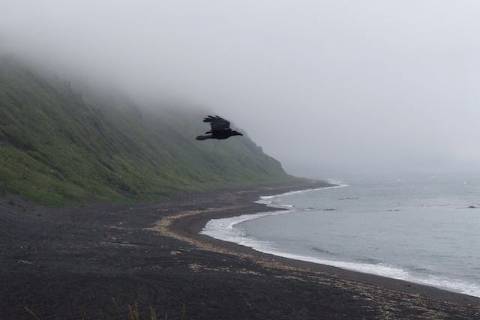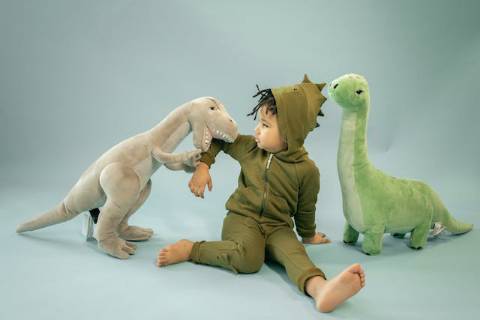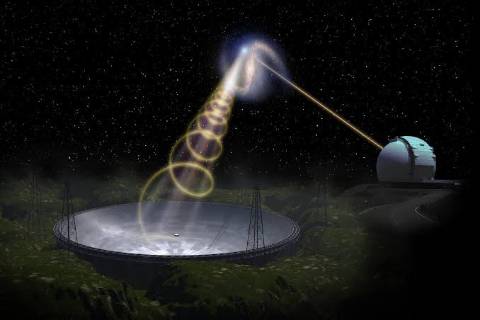"Explore hidden wonders of dinosaurs! Uncover lesser-known facts – from dino dentistry to ancient parenting. Dive into our top 10 revelations now!"
#10
Dino Brains

Dinosaur brains, often comparable in size to walnuts, varied in complexity. Despite their modest size, some dinosaurs, like the Troodon, possessed relatively large brains compared to their bodies.
These adaptations suggest a degree of intelligence and problem-solving abilities. While not as advanced as modern mammals or birds, these walnut-sized brains challenge stereotypes of ancient reptilian cognition, highlighting the diverse range of neurological adaptations among dinosaurs during their reign on Earth.
#9
Flying Dinosaurs

Flying dinosaurs, known as Pterosaurs, soared the prehistoric skies. Unlike birds, Pterosaurs were reptiles, equipped with lightweight skeletons and membranous wings.
The largest of these, like the Quetzalcoatlus, had wingspans comparable to small airplanes. Their diverse forms included the crested Pteranodon and the toothy Dimorphodon.
Evolving during the Mesozoic era, these remarkable creatures dominated aerial niches, showcasing the adaptability and innovation of life during the age of dinosaurs.
#8
All Dinosaurs Laid Eggs

All dinosaurs laid eggs, showcasing a reproductive strategy common to their diverse species. Fossilized eggs, such as those of the Hypselosaurus, have been discovered, shedding light on the reproductive habits of these ancient creatures.
These eggs varied in size, with some as large as basketballs. The universal practice of egg-laying among dinosaurs underscores their connection to modern birds and highlights the enduring success of this reproductive approach throughout the evolutionary history of the dinosaur kingdom.
#7
Longevity of Some Species

Dinosaurs showcased diverse lifespans, with certain species enduring for extended periods. Stegosaurs flourished for tens of millions of years, reflecting their adaptability.
However, the dinosaur with the longest lifespan was likely the Titanosaur, a massive, long-necked herbivore.
These colossal creatures roamed the Earth for a substantial portion of the Late Cretaceous, demonstrating remarkable longevity in the ever-evolving tapestry of prehistoric life.
Their ability to thrive for extended periods underscores the resilience and success of certain dinosaur lineages.
#6
Dinosaurs and Humans Did Not Coexist

Dinosaurs did not coexist with humans. The age of dinosaurs, spanning from the Triassic to the Cretaceous period, ended about 65 million years ago due to a catastrophic event, likely an asteroid impact.
Humans, in their current form, appeared much later, approximately 2 million years ago during the Pleistocene epoch. The vast temporal gap separates the reign of dinosaurs and the emergence of Homo sapiens, debunking the popular misconception of humans and dinosaurs cohabiting the Earth.
#5
Dinosaurs Were Not All Reptiles

Contrary to popular belief, not all dinosaurs were reptiles. While many, like the iconic Tyrannosaurus rex, were reptilian, others deviated from this classification.
The Protoceratops, for instance, shared closer ancestry with birds than reptiles. This divergence in lineage highlights the diverse evolutionary paths within the dinosaur kingdom, challenging preconceived notions.
The varied characteristics among these ancient creatures enrich our understanding of the complex web of life during the Mesozoic era.
#4
Dinosaurs Were Not All Huge

Dispelling the notion of universal gigantism, not all dinosaurs were colossal. Beyond towering giants like the Brachiosaurus, diminutive counterparts existed.
The Microraptor, roughly the size of a crow, exemplifies this diversity in size. These smaller dinosaurs, often overshadowed by their larger kin, played crucial roles in ecosystems, challenging the stereotype of dinosaurs solely as massive creatures.
Their presence underscores the nuanced and varied nature of the Mesozoic era's inhabitants.
#3
Colorful Dinosaurs

The perception of dinosaurs as drab and monochromatic is evolving, with evidence suggesting a burst of color in their ancient world.
Fossilized skin pigments, like those found in the Psittacosaurus, hint at a vibrant palette—ranging from dark browns to stripes.
While the exact hues remain speculative, these discoveries challenge the traditional image of dull, earth-toned dinosaurs, inviting a more colorful perspective on the prehistoric landscapes these fascinating creatures once roamed.
#2
Dinosaur Sounds

Dinosaurs likely filled prehistoric landscapes with a symphony of sounds. Recent findings suggest that some dinosaurs, like the Parasaurolophus, had elaborate crests that functioned as musical instruments, producing distinct calls for communication.
While the exact nature of these sounds remains speculative, the idea of dinosaurs communicating through unique vocalizations adds an intriguing layer to our understanding of their behavior and social dynamics in the ancient ecosystems they inhabited.
#1
Feathers Were Common

Feathers were not exclusive to birds; they adorned many dinosaurs. Beyond the iconic Velociraptors, even larger species like Yutyrannus sported feathers.
These filamentous structures likely served various functions, from insulation to display. The prevalence of feathers challenges traditional reptilian depictions of dinosaurs, highlighting their closer evolutionary ties to modern birds.
This feathered diversity among dinosaurs adds a fascinating layer to their appearance and behavior, reshaping our understanding of these ancient creatures.


















